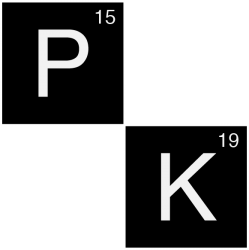“Irreversible transfer of drug or drug metabolites from the plasma into the urine”
Description
Drug or drug metabolites must be hydrosoluble to be excreted in the urine. Factors that influence renal excretion include plasma drug concentration, plasma protein binding and renal function.
Drugs are transferred from the plasma into the urine by:
- Glomerular filtration: Unbound drug molecules of less than 20’000 Da are filtered through the glomerulus with the primary urine.
- Active tubular secretion: This mechanism is predominant in the proximal tubule. Several transportors are responsible for the tubular secretion of drugs: the P-glycoproteins (PGps), the multidrug resistance-associated proteins (MRPs), the organic anion transportors (OATs), the oragnic cation transportors (OCTs), etc. These transporters are not highly specific and may become saturated at high drug concentrations.
Drugs may be reabsorbed from the tubular lumen by passive diffusion. The extent of reabsorption depends on the lipophilic properties of the drug, on urine flow, urine pH and chelating agents. Concentrated urine favors reabsorption. Depending on the urine pH, a weak acid or base can be more or less ionised in the urine and therefore for more or less reabsorbed (urine ion trapping). Active reabsorption occurs mainly for endogenous products such as vitamins, glucose and amino acids and similar substances.
Clinical implications
Changes in renal function affect filtration, secretion and tubular reabsorption. Impairment of renal function, due to disease, leads to decrease in renal drug clearance. In such situations the dosage regimen must be adapted, specially for drugs with a low extrarenal fraction (Qo). Reduced clearance can also result from competition between drugs or endogenous substances for the tubular secretion transporter sites (renal drug interactions).
Following intoxication, forced diuresis and urine pH control can be useful to increase the renal excretion of certain drugs and toxics.
Related terms
Ion trapping: drugs in an unionised form diffuse across cellular membranes. If there is a difference in pH between two compartments separated by a membrane, weak acids will accumulate in a basic compartment and weak bases will accumulate in an acidic compartment.

